While we didn’t get full details about Moorestown at Intel’s Developer Forum this week, we did get a sneak peak, as Intel love to call it, into what Moorestown brings to the table by the chief architect himself, Shreekant (Ticky) Thakkar.
Most of it is summarized in a PDF issued to the press but there’s also a set of slides to check out too. See SPCS004 on this content page. Unfortunately I wasn’t able to attend the session but I’ve been through the documents and have pulled out some key features below.
2x power reduction in use. In real terms we should see what I call ‘on-net’ active power drain (using the device) reduced to under 2W. With the smaller screen devices that will reduce further. This is about double what you’d see on an ARM-based device under similar usage sdcenarios but in terms of getting things done, should be much snappier.
50x idle power reduction. This brings, for the first time, a PC into always-on scenarios.
Hyperthreading capability. As we’ve experienced on Menlow, devices with hyperthreading feel faster.
Burst Performance Technology (BPT) Monitoring thermals to allow short-term bursting of the CPU clock beyond the design limit. Basically, as other parts of the Moorestown platform are turned off, there is the potential to increase clock until certain temperatures are reached.
Bus Turbo mode Allows the bus speed to be increased in line with CPU frequency scaling thus reducing memory latency and increasing bus bandwidth.
Active power management Turns off certain parts of the system when not in use. E.g. turn of video decoders when web browsing. Power management is controlled by a ‘profile’ system that identifies certain usage modes and turns on and off ‘power islands’ as required. Here’s a thermal map of the system in a fully-on and controlled (‘gated’) state. This is something that may only be successfully achieved when using a Moblin-based OS.
Through this technique we should be looking at 2x power reduction overall but in certain usage modes the effect will be dramatic. Standby, video decoding and audio playback modes will be vastly more power efficient. Up to 50x in standby more for example.
Briertown. This embedded mixed-signal analogue control circuit integrates functions that were previously found on descreet chips. DC-DC power conversion, audio, LED control, battery charging circuits. This module also integrates with the ‘power-gating’ process mentioned above.
In addition to the information released this week, we should not forget what we’ve learnt before. We’re probably looking at a PowerVR SGX graphics core, hardware decoding video to 720p or even 1080p levels, hardware encoding of video and huge reductions in platform size (about 2x volume reductions expected in devices.)
CPU clock rates aren’t known at the moment (expect SKUs to be announced in early 2010) and pricing is also an unknown factor that could affect OEM choices but I think that’s enough information to be getting excited about for the time being.
Note: Moorestown could scale from smartphone to MID and ultra mobile PC scenarios, smartbooks and many other product categories. For a look past the technical specifications into what the Moorestown platform could mean for consumers, see this article.

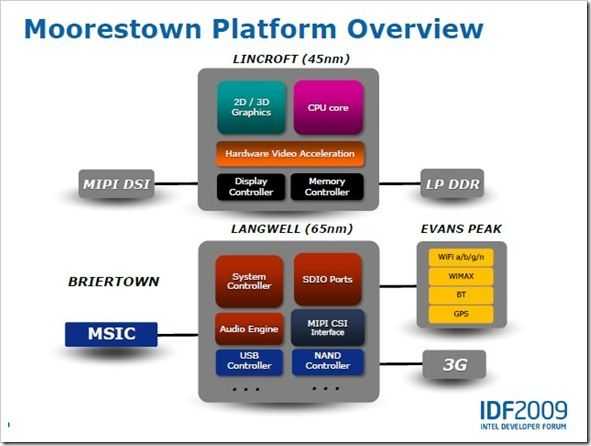
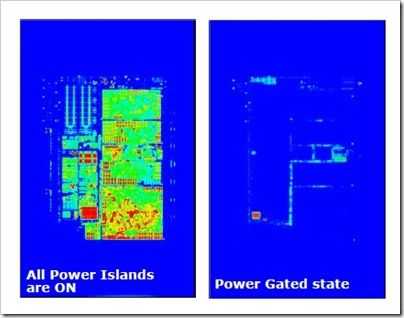

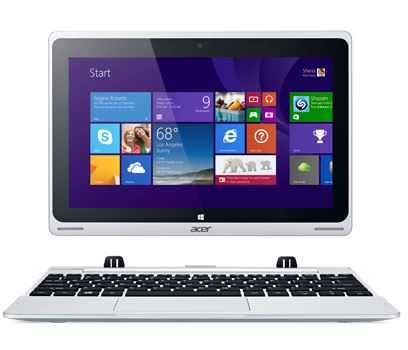
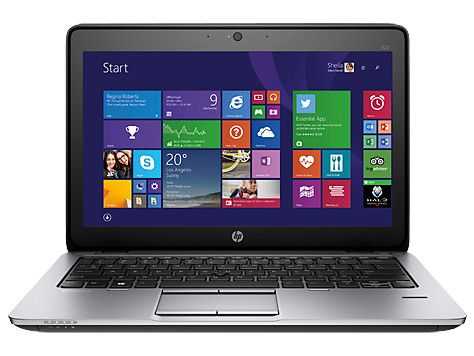
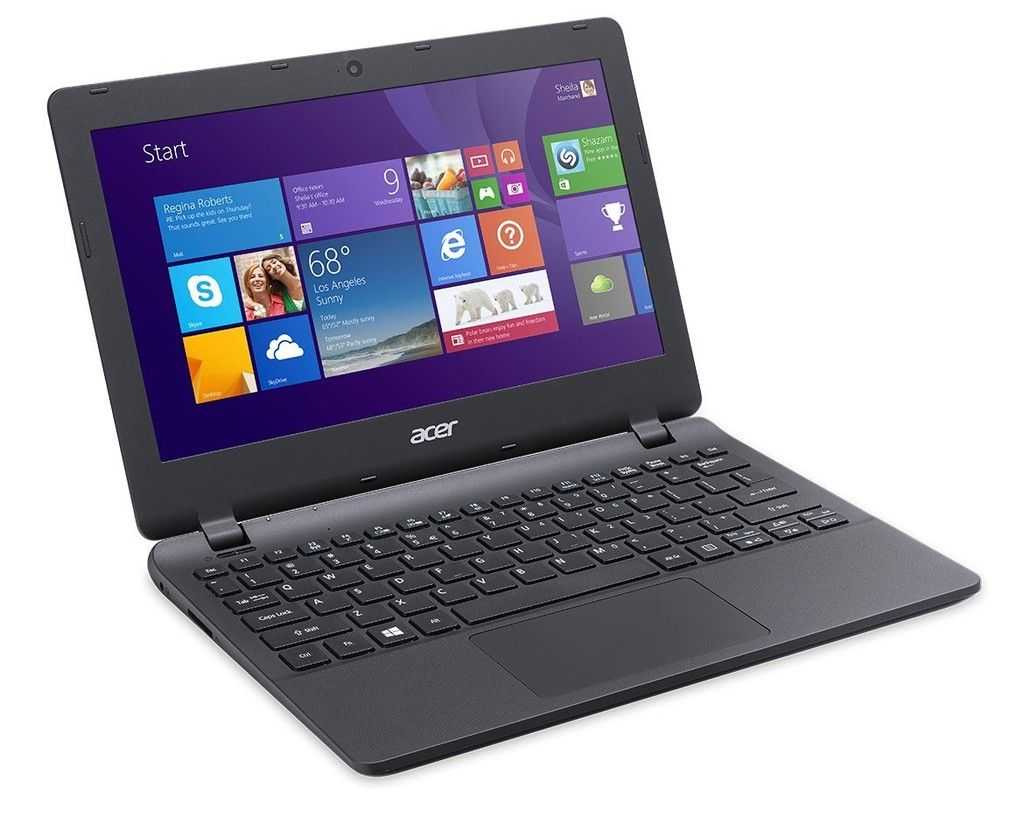

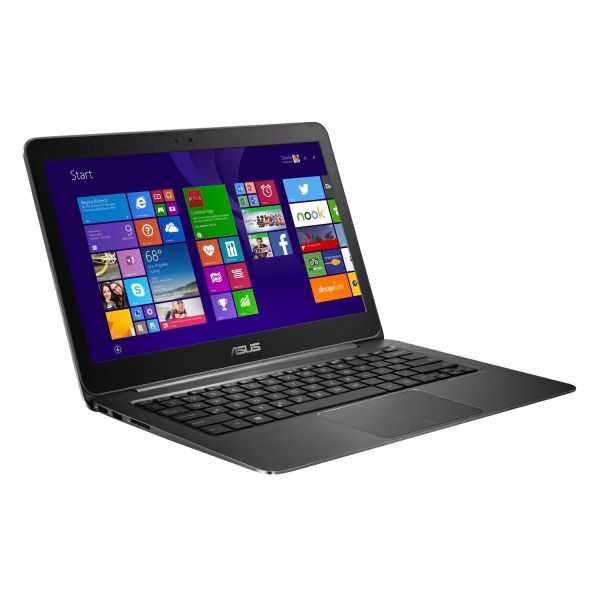


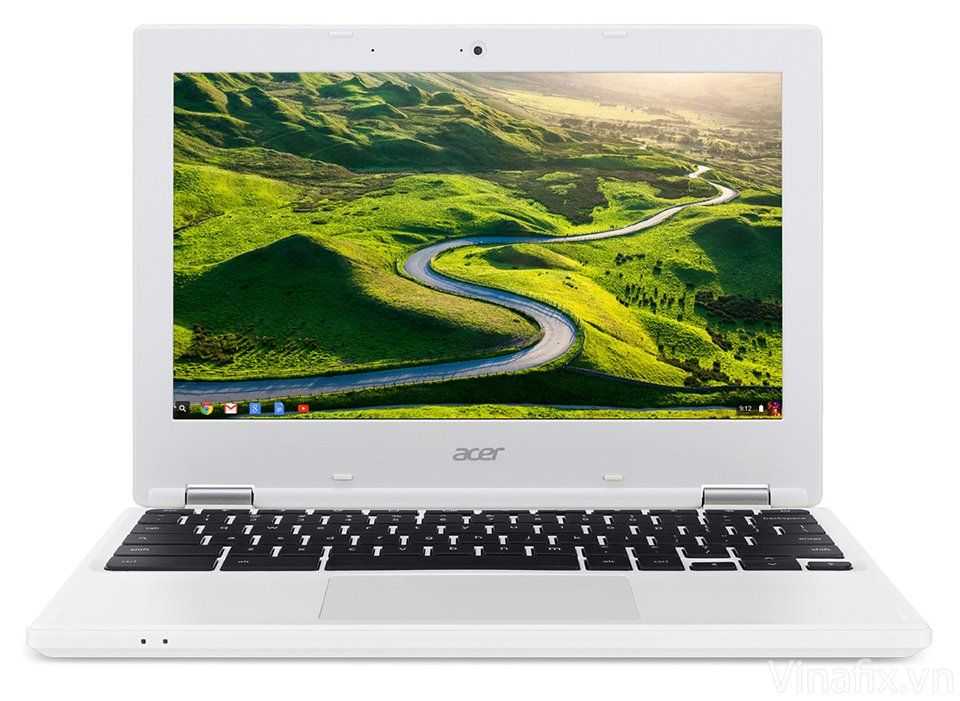
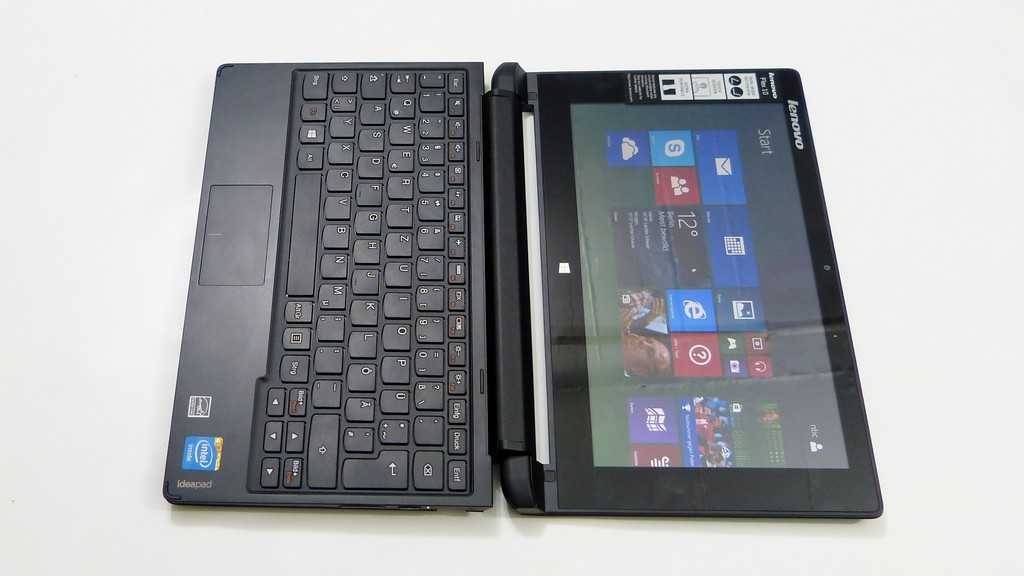
New article: Moorestown. Digging a little deeper. http://cli.gs/VWjGW
Hi Chippy!
The session you’re talking about is available on Intel’s website here: http://intelstudios.edgesuite.net/idf/2009/sf/ti/day2/ti/f.htm .
Cheers!
Federico
Moorestown is pretty exciting even without Windows support (for the time being). Now it’s up to the software guys to provide decent drivers that use it to its maximum potential. Without the “soul” in software, no kind of device using the hardware can survive and conquer the market, no matter how sweet the design is.
Having the same GPU across the line now should mean that Linux in general finally starts to function fully on Menlow-based devices as well! I wonder who they gave the job of developing those drivers to, as judging by what we’ve seen so far, there was no effort whatsoever from any party to get Poulsbo working on any Linux, as even Moblin was re-targeted just for netbooks that didn’t use GMA500. :P
Typos here and there:
sneak peak -> sneak peek
turning of -> off
descreet -> discrete
It’s a shame they didn’t have the transistor budget to do the power gating and overclocking fully in hardware like core i5/7. Core i5/7 doesn’t need complicated ACPI profiles and OS support to enable maximium performance and power savings. It is also capable of switching clock speeds much faster then the OS. Nehalem based processors can ramp up the clock and bring it back down again all in between the ACPI polls an OS could manage. The only problem is doing all that work requires more transistors then it took to make the original pentium processor.
the power gating sounds like what TI have had for years, where decoding if a mp3 only powers the memory and dsp hardware, while the cpu and other stuff is powered of.
gah, forgot to say that if intel can pull this of with moblin, and asus, acer and the rest can get that netbook price down towards $200 again (closer to $3-400+ right now), they may cut the smartbooks of at the pass…
That 50x reduction will NEVER happen in Windows. Unfortunate, but when you want to get to platform levels in the dozens of milliwatts range, ANY CPU utilization that happens while in idle will KILL the standby power.
By the way, what you say about TI products existed since Pentium 4 based products almost a decade ago. Moorestown’s power gating will just make it far lower than it was before.
One reason phone uses so little idle power is because there’s not much to power in the first place! That’s why its so slow.
One of the biggest advantages in van leasing is that there is no large payment due at the beginning of the leasing period. There is a deposit due at the beginning of the lease period but this payment is generally quite small and totals only about one, two or three of the monthly payments in the lease period. The monthly payments involved in van leasing are also usually quite lower than those when purchasing a van. Not only does this save the individual or company leasing the van quite a bit of money but it can also make leasing a great opportunity for driving the van of the individual’s choice for the short-term.
It is also capable of switching clock speeds much faster then the OS. Nehalem based processors can ramp up the clock and bring it back down again all in between the ACPI polls an OS could manage. The only problem is doing all that work requires more transistors then it took to make the original pentium processor.
The first time that i tried overcloking over a year ago, my CPU got overheated and got fried.~~: